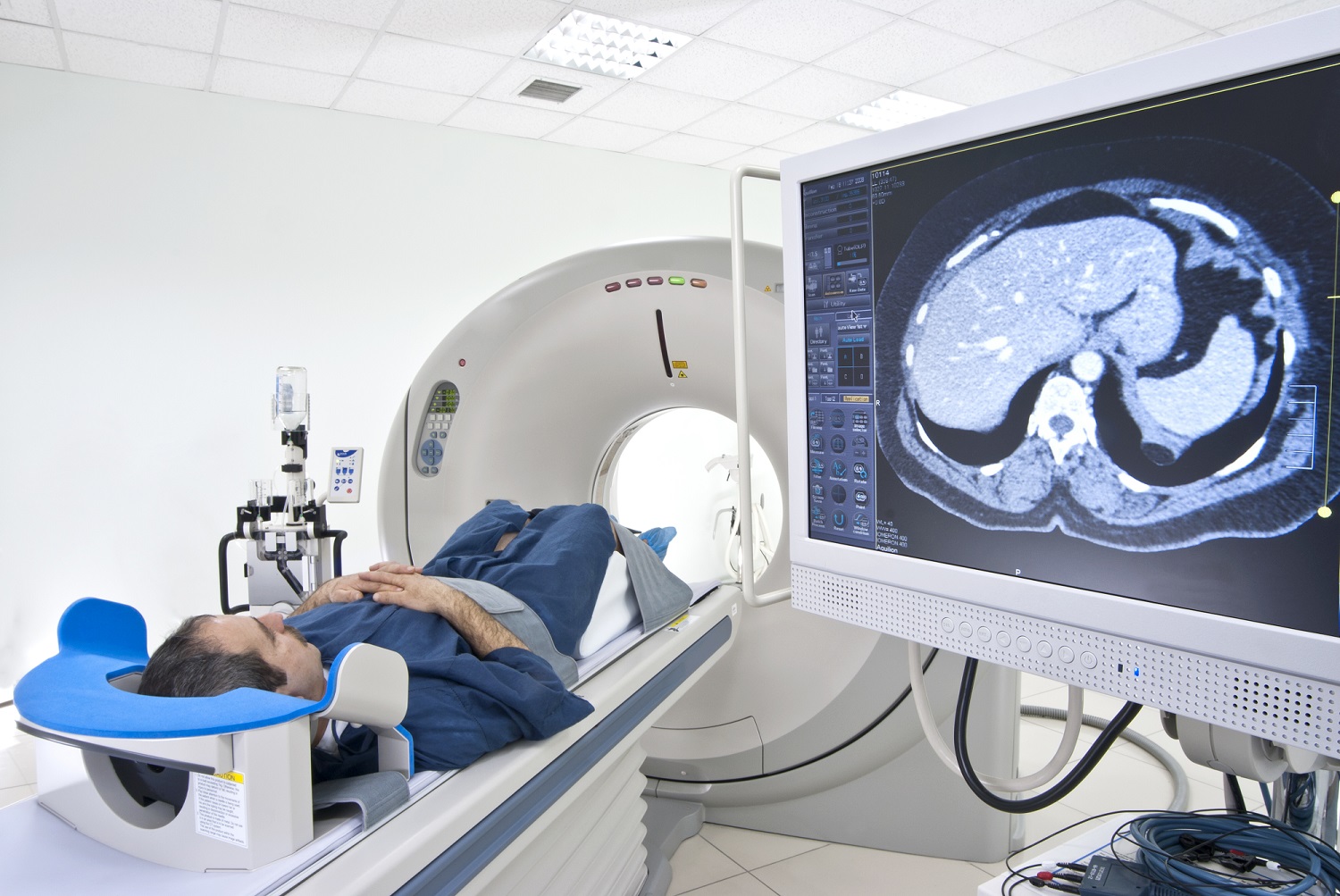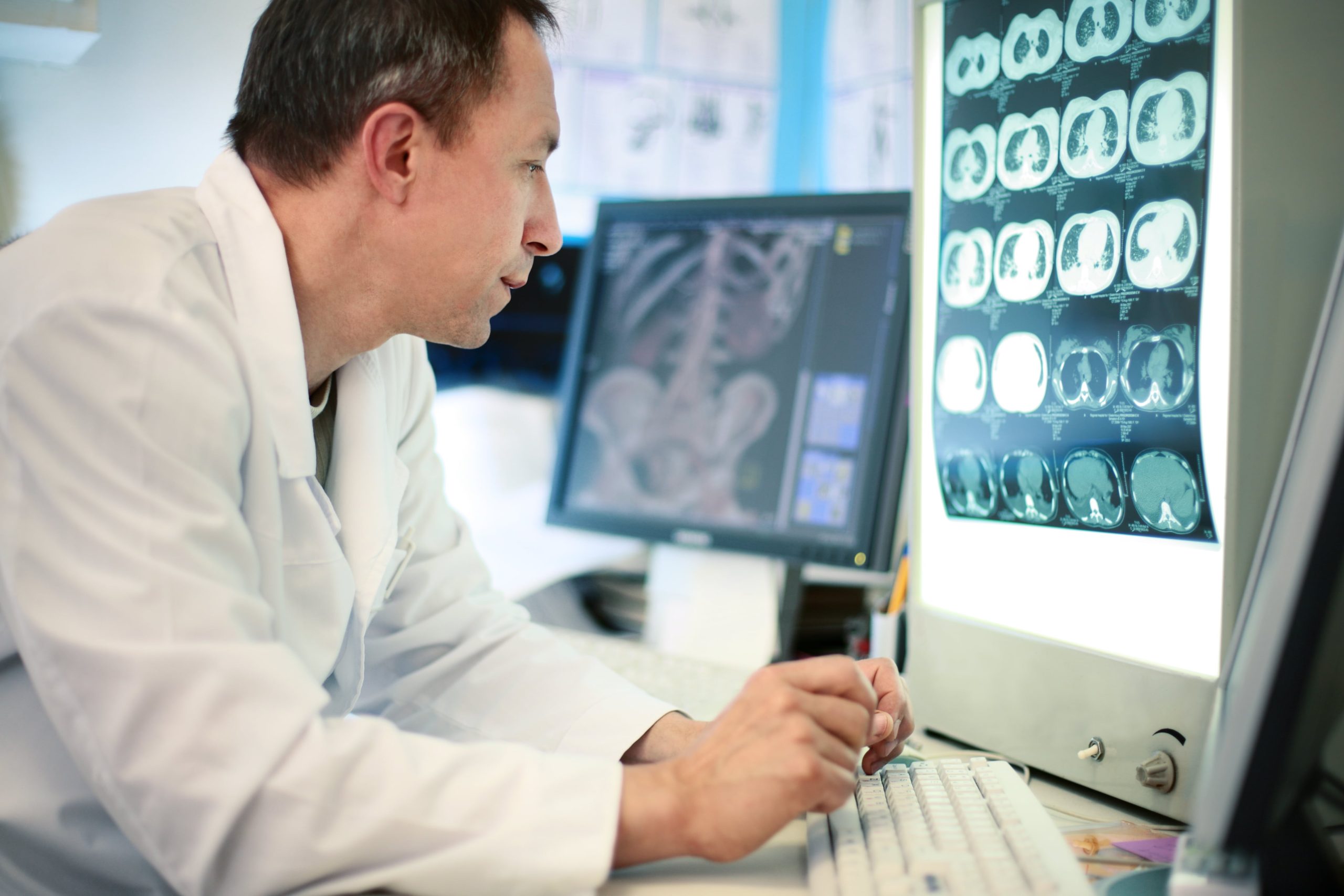
Modern medicine depends on medical imaging as one of its mainstays. Accurate imaging is essential in-patient care, from identifying serious illnesses to directing difficult operations. The quality of these pictures also relies on the correct calibration and performance of the displays used to see them, not only on the scanners or imaging equipment. This is the point at which DICOM (Digital Imaging and Communications in Medicine) calibration enters. Preserving the integrity of diagnostic information, it guarantees consistent and accurate display of images on all medical-grade monitors.
One of the best options is the PerfectLum calibration tool from Qubyx Company. It is designed to perform high-precision calibration on a wide range of diagnostic screens. It works seamlessly for BARCO Web QA across a wide range of medical displays such as breast imaging displays, dental displays, clinical review displays, radiology displays, digital pathology displays, and more. This calibration tool features a robust remote quality assurance capability that lets healthcare practitioners and IT managers evaluate and check display calibration status remotely, therefore guaranteeing compliance and lowering the need for on-site inspections.
Why DICOM Calibration Is Crucial?
DICOM calibration guarantees proper contrast and brightness levels for grayscale images, especially those utilized in radiology, mammography, and other diagnostic sectors. Medical displays must follow particular luminance response curves unlike conventional monitors used for general purposes to guarantee no detail is lost in shadows or highlights.
Should a monitor not be correctly calibrated, the grayscale may seem washed out or extremely dark, therefore making it more difficult to spot little yet crucial visual signals such tiny microcalcifications in breast tissue or hairline fractures in bones. These mistakes could cause misdiagnosis, delayed treatment, or needless procedures in the worst-case situation.

The Role of Remote QA in Modern Healthcare
Remote monitoring and maintenance of display calibration have grown more vital now as the move toward digital workflows and teleradiology accelerates. Advanced tools, especially with its BARC capability, make it feasible to perform quality assurance inspections on panels spread across several divisions or even far-off sites. This centralized control guarantees uniformity in picture quality over all diagnostic locations in addition to saving time and money.
Helping hospitals easily satisfy legislative and accreditation demands, remote QA also offers thorough logs and reports for maintenance schedules, audit trails, and compliance. This is a major benefit in big healthcare systems where manually controlling every single workstation would be a logistics issue.
Assuring Reliability and Compliance
DICOM compliance is more than just a technical requirement; it is a clinical one. Many regulatory agencies and healthcare accreditation organizations demand documentation proving that imaging equipment and displays are properly maintained and calibrated. Calibration tools offer scheduled calibrations, automatic corrections, and report creation—thereby automating much of this process.
Healthcare practitioners can rely on the photographs they are analyzing being correct and consistent, irrespective of the computer or facility they are at, provided monitors are maintained within DICOM-compliant boundaries. Legal and operational responsibility as well as patient outcomes depend on this dependability.
Conclusion
Precision is nonnegotiable in the demanding world of medical imaging. DICOM calibrates guarantees that diagnostic displays constantly show pictures in a way that aids correct clinical interpretation. Tools with advanced features provide strong, remote-controlled calibration and quality assurance capabilities that match the changing demands of modern healthcare settings.
Healthcare institutions can preserve the integrity of their imaging systems, increase diagnostic confidence, and ultimately improve patient care by following strict calibration methods and using intelligent QA tools.







